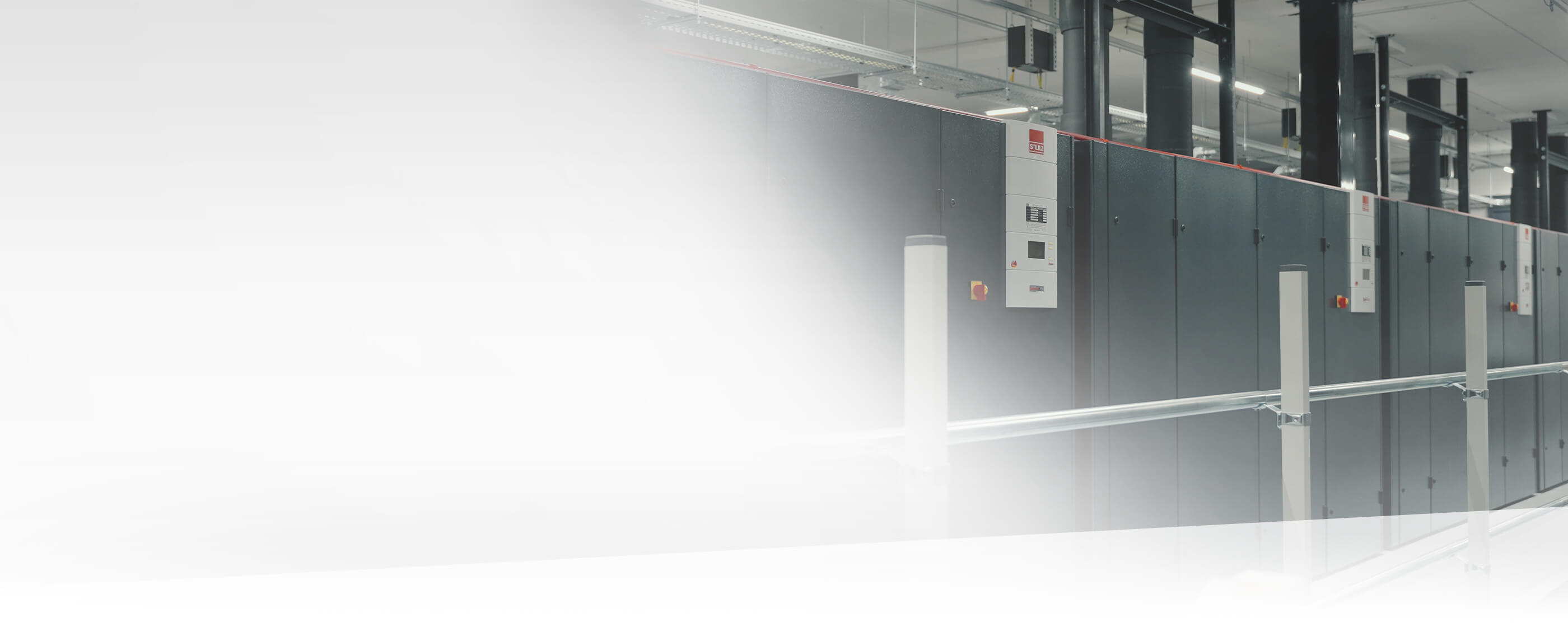The world of data centres is changing at lightning speed. With the rise of AI and high-performance computing (HPC), servers are becoming increasingly powerful. However, the energy consumption of this equipment has also risen sharply in recent years – and with it, the demand for effective cooling.
Where air cooling sufficed for years, we are now reaching the limits of what this method can handle. The latest CPUs and GPUs already consume more than 400 W per chip, and within a few years, this consumption is expected to double or even triple. This results in enormous heat concentrations that conventional air cooling can no longer dissipate efficiently. The solution? Liquid cooling.
Why Liquid Cooling?
Air is a poor conductor of heat compared to liquids. Water and other coolants can dissipate heat up to 1,000 times more efficiently than air. This means liquid-cooled data centres can support higher power densities without the risk of overheating or performance loss. While air-cooled racks struggle with 70 kW, liquid-cooled racks can effortlessly handle 120 kW or more.
There are two main methods of liquid cooling, each with its own specific advantages. First, there is direct-to-chip cooling, where the cooling fluid is routed via a cold plate directly to the hottest components, such as CPUs and GPUs. This system dissipates 70–90% of the generated heat and can be relatively easily integrated into existing data centres.
In addition, there is immersion cooling. In this approach, servers are fully submerged in a dielectric (non-conductive) coolant, enabling maximum heat dissipation. This eliminates the need for fans, resulting in a quieter and more energy-efficient system.
Sustainable and Energy-Efficient
Sustainability is a key topic in the data centre industry. Since 2023, the European Commission has required data centres with an energy demand of 500 kW or more to monitor their energy consumption. Liquid cooling supports energy reduction, as the cooling system uses up to 40% less energy than traditional air cooling. Furthermore, the removed heat can be reused for district heating or industrial applications, contributing to the development of a circular economy.
A common concern when implementing liquid cooling is the cost. The initial investment can be 30–50% higher than that of air cooling. However, this transition pays off in the long term. Thanks to lower energy costs and more efficient hardware performance, the investment can be recouped within a few years. Some data centres even achieve PUE values of 1.1 through liquid cooling – a mark of exceptional energy efficiency.
The Future is Fluid
The liquid cooling market is growing rapidly. Research by MarketsandMarkets predicts an increase from USD 4.9 billion in 2024 to USD 21.3 billion in 2030 – representing an impressive annual growth rate of 27.6%. It is clear that liquid cooling is no passing trend, but a fundamental development within the industry.
Data centres that want to stay ahead of the curve must act now. Although switching to liquid cooling requires careful planning and investment, the benefits are clear: higher performance, lower energy costs, and a smaller carbon footprint. Liquid cooling is no longer an option – it is the solution for the data centres of tomorrow.


